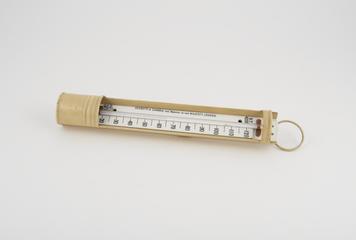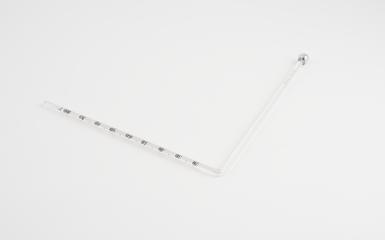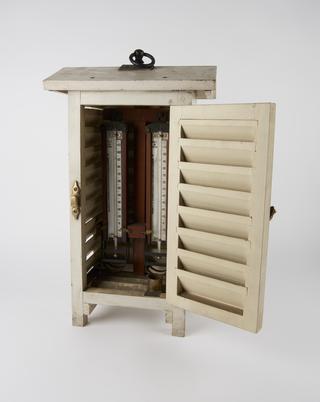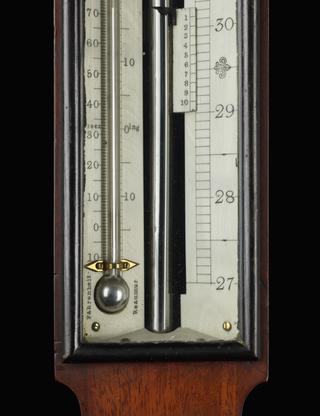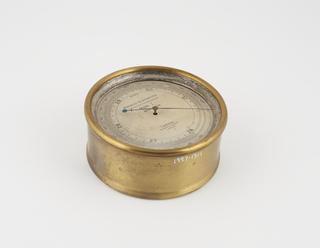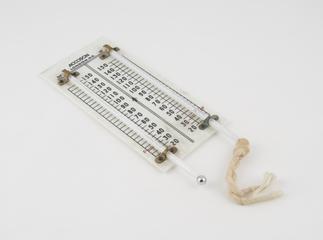
Standard five-inch rain gauge
- Made:
- 1940-1950 in United Kingdom





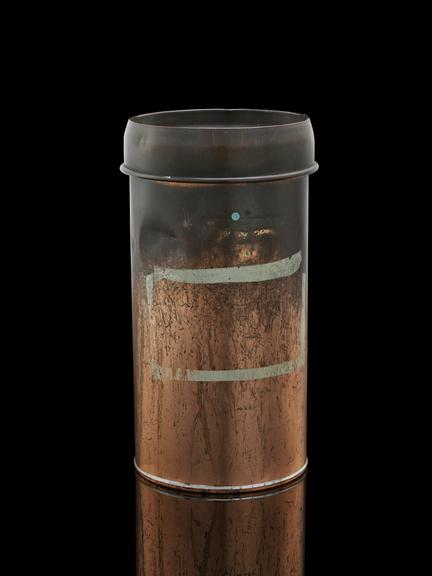
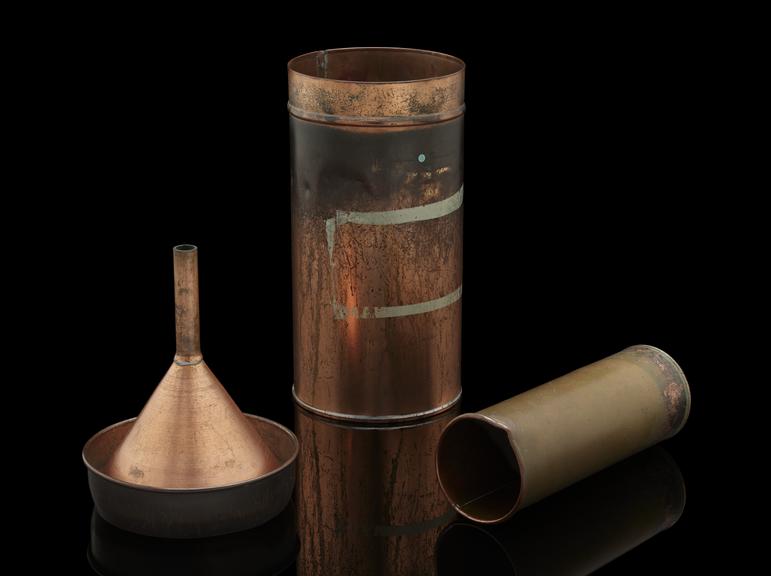



Rain gauge with five-inch diameter, of the type adopted in the 1860s by the British Rainfall Organisation and later the Meteorological Office, made in Britain, 1900s. The gauge consists of a copper funnel, an outer can and an internal collector. The rim is one foot off the ground to prevent in-splashing.
Regular monitoring of rainfall in Britain was stimulated by a run of unusually dry years in the 1850s. Meteorologist George James Symons was instrumental in establishing a network of hundreds of observers who reported their observations back to him for publication, in a initiative partly funded by the British Association for the Advancement of Science. Symons conducted tests of different rain gauge designs, and recommended this five-inch-diameter design as the standard device. Gauges of this type were also adopted by the Meteorological Office.
Details
- Category:
- Meteorology
- Object Number:
- 1997-1370
- Materials:
- copper
- Measurements:
-
overall: 267 mm 145 mm, .995 kg
- type:
- rain-gauge
- credit:
- Meteorological Office
